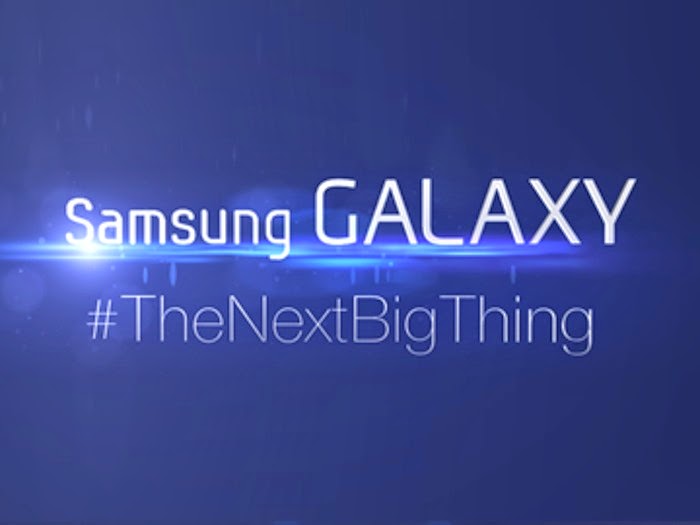
Good news for Samsung fans in the United States drooling for the company’s latest innovation, the Galaxy Note Edge, as the phablet has been confirmed to arrive in the country in less than two weeks.
Officially unveiled back in October, the Galaxy Note Edge was thought to be released on the market in limited quantities as a prototype device with the sole purpose of testing the market. Even so, customers in the United States will be able to get their hands on the smartphone that packs a two-sided display. According to an official press release, Samsung Galaxy Note Edge will arrive in the States as early as November 14. More importantly, the smartphone will be available for purchase through all major carriers, including AT&T, Sprint,...



 11/03/2014 07:32:00 PM
11/03/2014 07:32:00 PM
 dannzfay
dannzfay
















